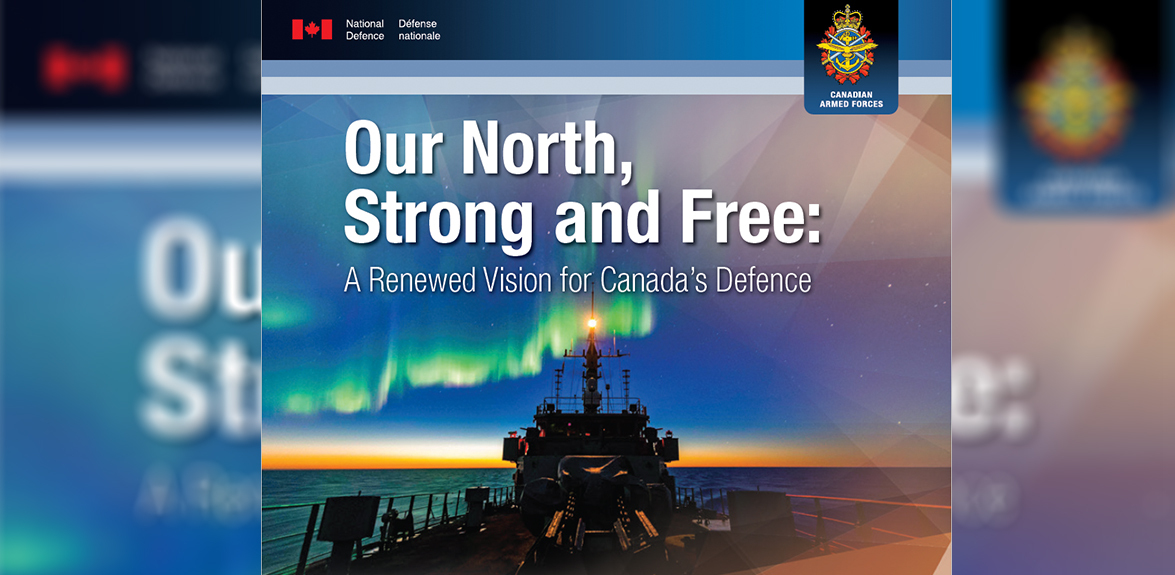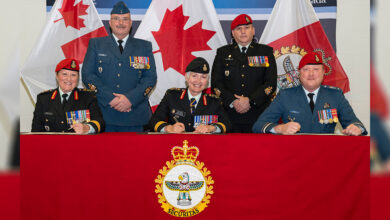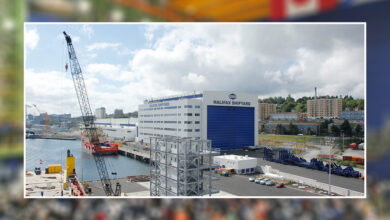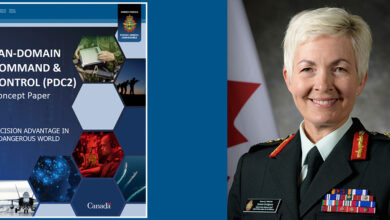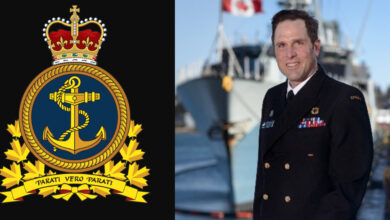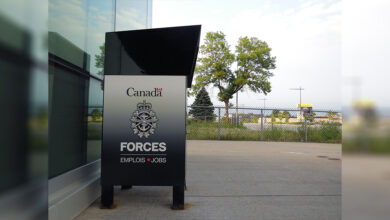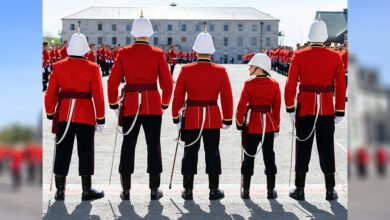Policy
Canada’s Latest Defence Policy Invests in Housing and Childcare Access
Prime Minister Justin Trudeau and Defence Minister Bill Blair announced a defence policy update recently that includes a new housing strategy for personnel and their families, an investment in a new electronic health record platform to improve continuity of care for members, and funds to improve childcare access on bases across Canada.
“This defence policy update responds to the significant global shifts we have witnessed since Canada’s comprehensive defence policy, Strong, Secure, Engaged, was announced in 2017,” said Defence Minister Bill Blair.
“It is an investment in Canada, Canadians and our shared values, security, and sovereignty. The most urgent and important task we face is asserting Canada’s sovereignty in the Arctic and northern regions, where the changing physical and geopolitical landscapes have created new threats and vulnerabilities to Canada and Canadians. This includes the need to upgrade our continental defences to threats or defeat them when necessary.”
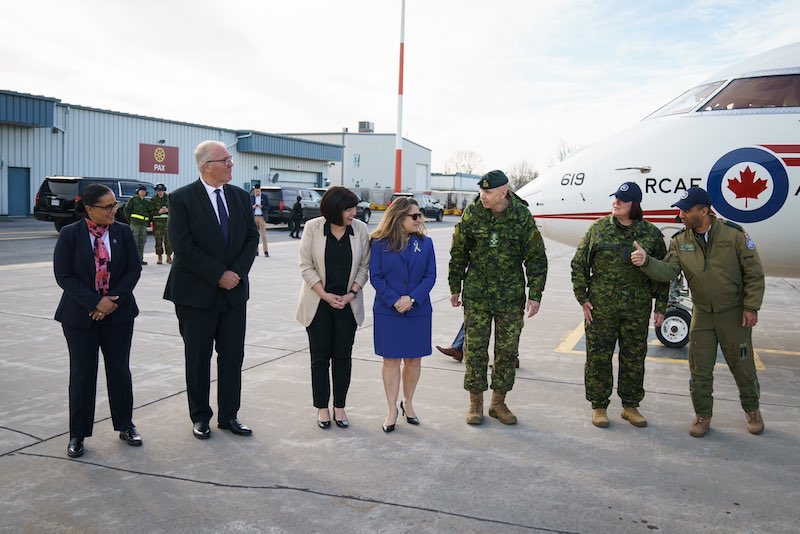
Six Major Themes
Canada will invest $8.1 billion over the next five years and $73 billion over the next 20 years in national defence to address six major themes:
- to support our people;
- strengthen our foundations;
- build an innovative industrial base;
- defend Canada;
- defend North America; and
- defend Canada’s global interests and values.
“The new investments in Our North, Strong and Free will ensure that Canada can deliver on this vision,” stated PM Justin Trudeau. “Defence Investments in Budget 2024 are expected to bring Canada’s defence spending to a GDP ratio of 1.76 per cent by 2029-30. This represents a significant step forward in our efforts to reach the NATO commitment of 2 per cent to which we agreed to at the Vilnius Summit in 2023. The initiatives in this defence policy also puts Canada on track to exceed NATO’s target of 20 per cent for major equipment expenditures as a proportion of defence funding.”
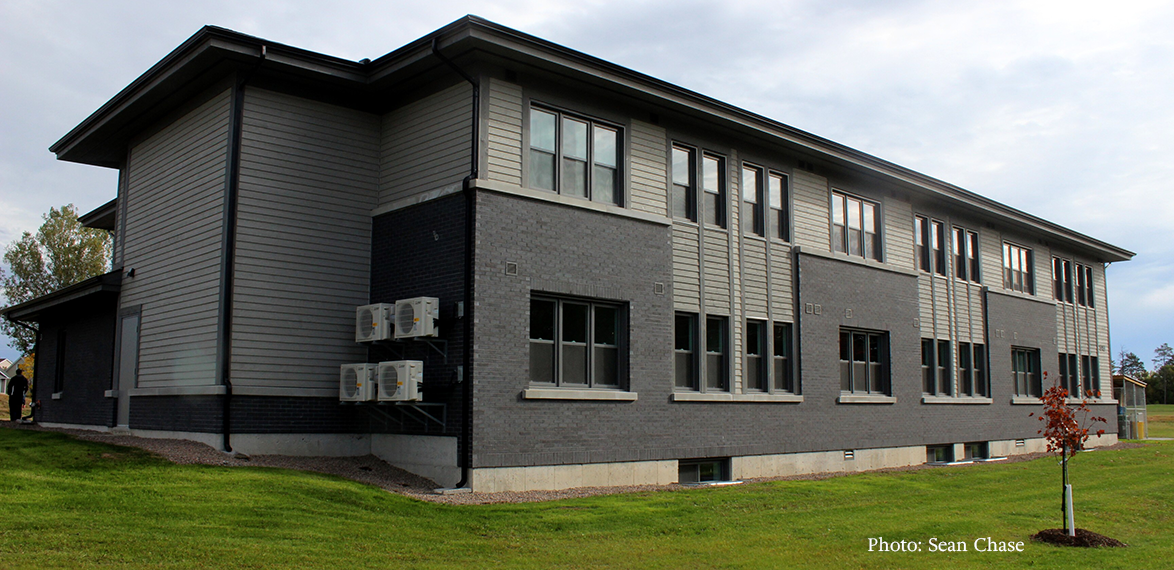
Support Our People
Details of the commitment to Support Our People include $295 million over 20 years to establish a CAF housing strategy, build new housing, and rehabilitate existing housing so CAF members and their families have safe and affordable places to call home where they are posted.
Another $497 million over 20 years has been pledged to accelerate the development of an electronic health record platform to improve the continuity of care as CAF members move between provinces and territories. And $100 million over five years was committed to improving childcare access for CAF personnel on bases across Canada.
“Our department will also explore adjusting personnel policies related to compensation and benefits, human resources, leave, and other supports for work-life balance for those in uniform,” added Min. Blair. “Our current framework was put in place decades ago, and does not address the expectations and realities of today’s members.”

According to a spokesperson for National Defence, “DND is already investing in the existing housing portfolio and will be constructing approximately 650 residential housing units in those areas with the greatest need in support of the DND/CAF operational requirements.
“Plans are already underway to begin constructing at locations where the requirement is greatest, including Esquimalt, Edmonton, Borden, Kingston, and Trenton, as well as Halifax, Petawawa, Gagetown, Ottawa and Valcartier. The plan is to build higher-density units, such as new apartment buildings and multi-unit dwellings, to make better and more efficient use of land and infrastructure.”
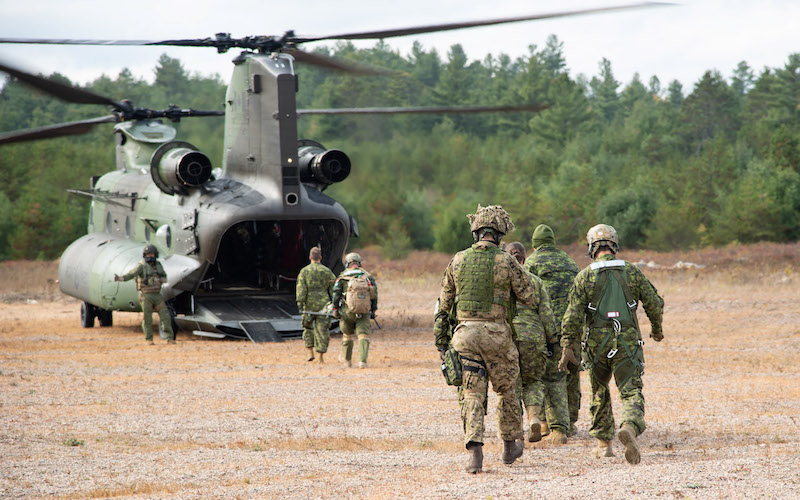
Strengthen Our Foundations
To maintain and renew national defence infrastructure, the department has announced an investment of $10.2 billion over 20 years in current and new infrastructure to support the required tempo of training, operations, and day-to-day military activities. These investments will range from asset maintenance and repair to other improvements to military facilities, such as piers and runways. An additional investment of $1.8 billion over 20 years has been established to increase the number of civilian specialists in priority areas to accelerate and improve the purchase of new equipment, recruit and train new soldiers, and upgrade infrastructure.
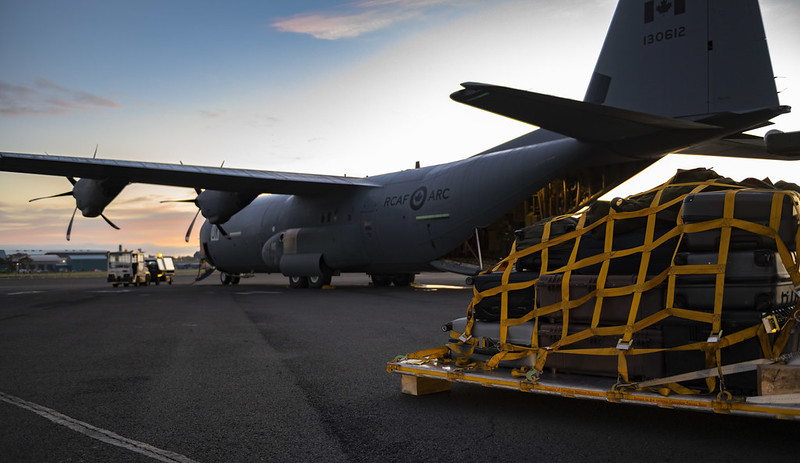
Build an Innovative Defence Industrial Base
The minister announced $9.0 billion over 20 years to sustain military equipment under the National Procurement Program to ensure CAF can continue to receive the critical updates necessary to preserve its ability to deploy on operations.
Another $9.5 billion over 20 years will be used to accelerate the establishment of new artillery ammunition production capacity in Canada and invest in a strategic supply of ammunition. Artillery ammunition is becoming increasingly difficult to procure abroad, said the minister, and this production capacity will help meet the ammunition demands of Canada and its closest allies while creating skilled jobs for Canadian workers in the long term and generating economic benefits for Canadian communities.
The CAF will also establish a greater strategic reserve of battle-decisive munitions. Canada needs adequate stockpiles of munitions to meet its defence and security commitments during a crisis or conflict, and industry needs clarity from government about future acquisitions to set up production lines. This production line will also help replenish CAF ammunition previously donated to Ukraine.
“To continue our commitment to NATO we will be investing $107 million over 20 years for Canada’s participation in the newly established NATO Innovation Fund,” said Minister Blair. “It will offer additional funding streams for innovative Canadian entrepreneurs. The Fund is the world’s first defence-focused multi-sovereign venture capital fund, providing investment in start-up firms developing dual-use, emerging and disruptive technologies critical to our defence.”
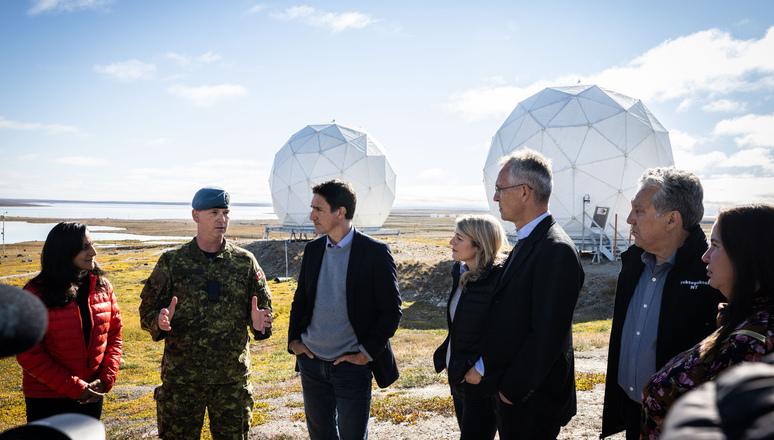
Defending Canada
The department will also spend another $1.4 billion over 20 years to acquire specialized maritime sensors to conduct ocean surveillance. The sensors will be used to monitor Canada’s maritime approaches, including the Arctic and North.
The sensors will be a critical component of the CAFs’ ability to defend Canada from a growing range and sophistication of underwater threats, including vessel-launched missiles, underwater systems, ships, and submarines.
“An investment of $222 million over 20 years will help us build a new satellite ground station in the Arctic,” continued Min. Blair. “This ground station will improve our ability to detect, deter and respond to malign activities and to communicate those threats quickly with our most trusted partners.”
Over the next 20 years, $218 million has been set aside for Northern Operational Support Hubs. These Hubs hope to improve Canadian sovereignty by establishing a greater year-round presence across the Arctic and the North and investing in multi-use infrastructure that meets the needs of the territories, Indigenous peoples, and Northern communities.
Another $18.4 billion over 20 years was committed to acquiring a more modern, mobile, and effective tactical helicopter capability. The minister said these tactical helicopters will provide the CAF with the speed and airlift capacity to assert Canada’s sovereignty and respond to natural disasters and emergencies throughout the country.
He announced $2.8 billion over 20 years to establish a joint Canadian cyber operations capability with the Communications Security Establishment. The capability would integrate the unique strengths of each organization into a unified team that would conduct active cyber operations in support of Canadian interests.
“We will explore options for renewing and expanding our submarine fleet to enable the Royal Canadian Navy to project a persistent deterrent on all three coasts, with under-ice capable, conventionally powered submarines,” said Prime Minister Trudeau, adding, we will explore options to acquire new vehicles adapted to ice, snow, and tundra. These versatile, all-terrain vehicles would be able to operate effectively in all Arctic terrains and climate conditions. These vehicles would allow the military to maintain awareness in remote regions and along Canada’s entire coastline and better respond to unauthorized activity.
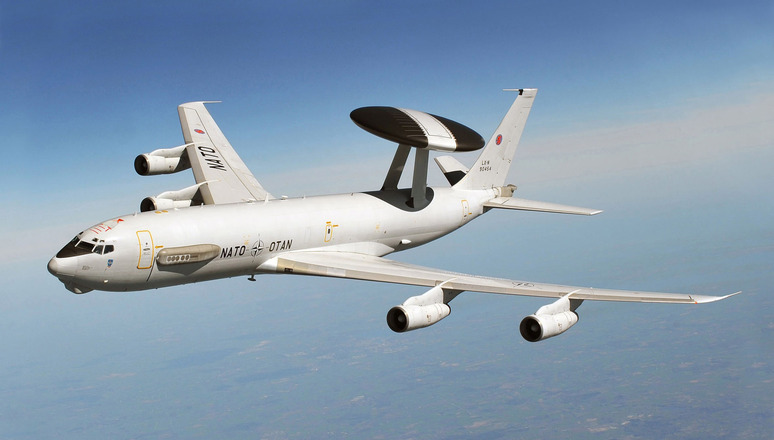
Defending North America
The department will further invest $307 million over 20 years for airborne early warning aircraft that the minister said will “vastly improve Canada’s ability to detect, track and prioritize airborne threats sooner, and respond faster, and better coordinate our response with the United States when required.”
“These aircraft will allow Canada to continue making meaningful contributions to NORAD while also supporting allies and partners globally,” he explained.
Another $2.7 billion over 20 years will be set aside to acquire long-range missile capabilities to enable Canadian forces to deter threats to Canada from an appropriate distance and reach targets at greater ranges than our adversaries in combat.
The Defence Minister added that the department would explore options to ensure the country’s new airborne early warning and control aircraft and previously announced platforms, such as the Canadian Surface Combatants, can contribute to efforts with Canada’s allies to defeat new missiles that move faster and in more unpredictable patterns.
“We will explore options for acquiring ground-based air defences to defend critical infrastructure from a diverse array of incoming airborne attacks, including drones, missiles, and artillery,” continued Prime Minister Trudeau. “We will also explore options to acquire long-range air and sea-launched missiles to enable our forces to deter threats to Canada from an appropriate distance and reach targets at greater ranges than our adversaries in combat.”
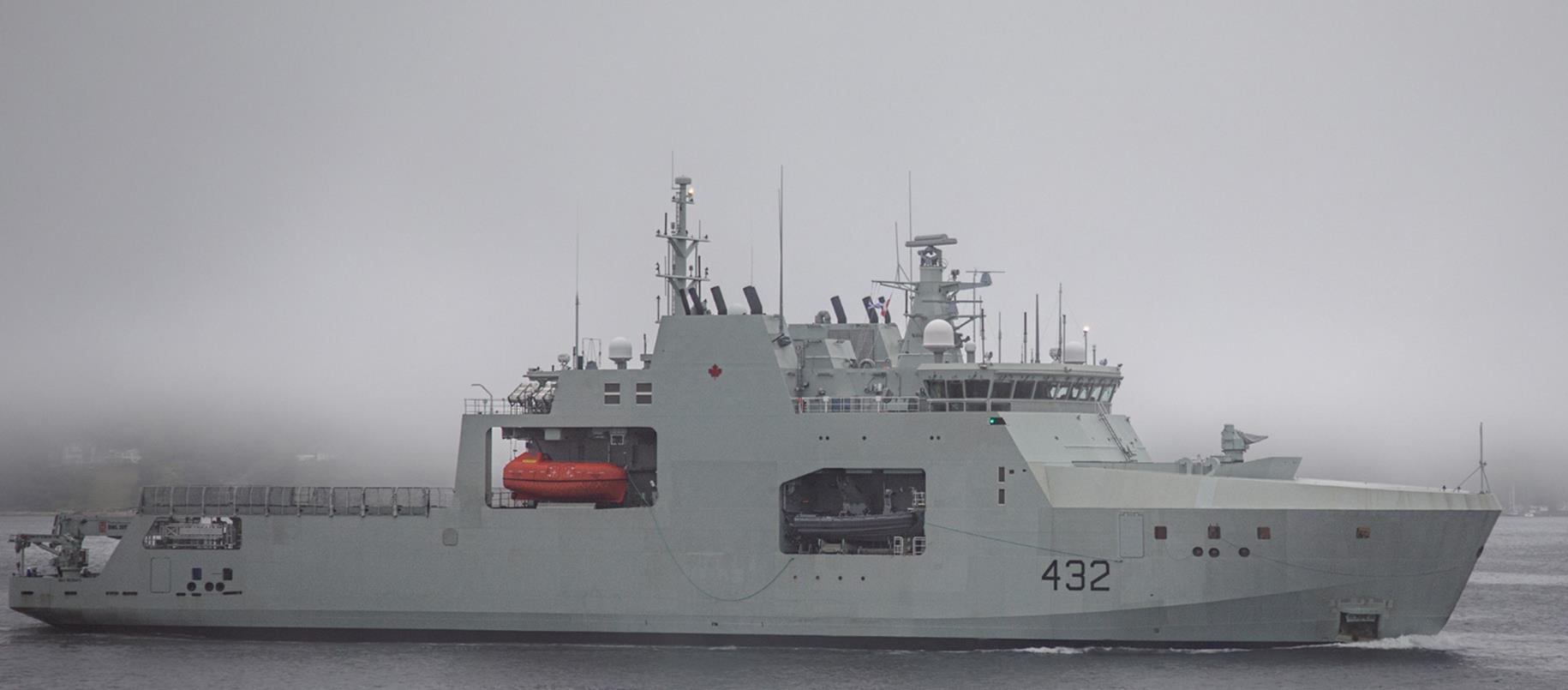
Defending Canada’s Global Interests and Values
Minister Blair also announced $9.9 billion over 20 years to improve the sustainment of Canada’s naval fleets. The plan will include extending the life of the Halifax-class frigates and preserving the Royal Canadian Navy’s interim at-sea replenishment capability. These investments will help Canada maintain a globally deployable naval fleet capable of supporting NATO and engaging in operations, exercises, training, and defence diplomacy with key allies and partners, among other activities.
Over the next 20 years, $5.5 billion will be used to acquire a comprehensive worldwide satellite communication capability.
“Working with our allies, we will jointly develop updated access to the satellite constellations that enable the military to operate effectively around the world, including by better defending its communications against jamming or disruptions by adversaries while deployed,” said Minister Blair.
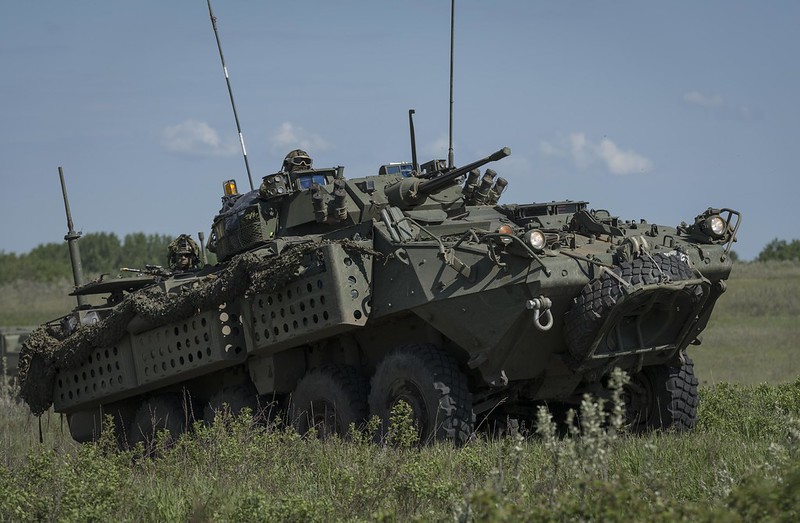
The announcement also included a commitment to explore options for modernizing Canada’s artillery capabilities, to improve the protection of the country’s deployed personnel by providing them with the capacity to strike enemy positions from farther away and in a greater number of directions, options for upgrading or replacing the CAF’s main battle tanks, which continue to have a decisive effect on the modern battlefield and remain key to conducting land operations against conventional militaries with advanced capabilities.
The defence department minister also said he will explore options for upgrading or replacing the light armoured vehicle fleet and establishing a production program to replenish the fleet while also enabling industry to invest in a sustainable defence production capacity to support Canada and NATO allies.
“And finally, we will explore options for acquiring a suite of surveillance and strike drones, and counter-drone capabilities,” Minister Blair concluded.


